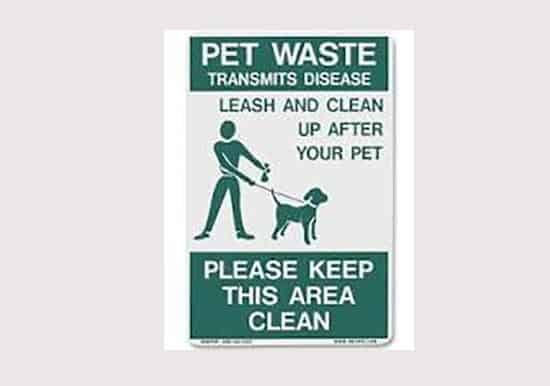
Like people, some older dogs develop cognitive behavior issues, which include difficulties with spatial orientation (a sense of direction while moving around); memory issues, learning, housetraining; and difficulty in recognizing and reacting to human family members.
Pet owners have long been frustrated by age-related behavior changes, including house-training problems, apparent memory loss, disorientation, confusion, staring, wandering, getting stuck in corners, sleep disturbances (waking at the wrong time, sleeping unusually deeply, night pacing), restlessness, barking, separation anxiety, panting, drooling, obsessive licking, etc.
The symptoms initially progress very gradually. So much so that that most owners fail to recognize the early stages.
These changes are often written off as being due to normal aging. A recent study at the University of California-Davis School of Veterinary Medicine demonstrates how common these observations are: out of 69 dogs participating, 32% of the 11-year old dogs were affected by this syndrome and 100% of the dogs 16 years of age older were affected.
In another study of 180 dogs aged 11-16 years, 28% of 11-12 year-old dogs and 68% of 15-16 year old dogs showed at least one sign consistent with cognitive dysfunction. Ten percent of 11-12 year old dogs had signs in two or more categories and this rose to 36% in the 15-16 year old group.
Still, while the high frequency of this syndrome is seen in older dogs, it still is not normal and intervention is helpful to both your pet and you.
Increasing age results in some or all of the following changes in the brain:
- The brain atrophies. The total weight and size decreases, especially in the cerebral and cerebellar areas. The number of neurons, or brain cells, decreases, causing decreased brain function.
- There is an increase in beta amyloid plaques. Beta-amyloid is a protein that accumulates in the brain and damages neurons. The greater the beta-amyloid accumulation is, the greater the cognitive impairment. In dogs, errors in learning tests were strongly associated with increased deposition of beta-amyloid.
- Numerous micro-hemorrhages (bleeds) and infarcts (places where blood flow has stopped or been disrupted) occur. These likely compromise overall blood flow and result in hypoxia (a reduced availability of oxygen).
- Changes in neurotransmitter levels. Monoamine oxidase B (MAOB) has been found to increase in older dogs. MAOB metabolizes dopamine, a neurotransmitter, resulting in decreased dopamine levels.
Treatments
Treatments that may help improve cognitive dysfunction (CDS) include selegiline (a medication used to help with canine cognitive dysfunction), dietary changes, SAM-e, and environmental enrichment.
Selegiline (Anipryl)
Anipryl helps prolong dopamine activity. This may account for part of its efficacy (power to be able to produce an effect) in treating cognitive dysfunction. In addition, since dopamine breakdown results in free radicals, the drug also helps reduce the amount of free radicals in the brain.
Of the 69 dogs mentioned in the above University of California-Davis study, approximately 76% showed improvement on Anipryl after one month of therapy. Some dogs improved in the first few days or weeks; some dogs did not show improvement until the second month. Often dogs continued to improve during the first three months.
When using Anipryl is used to treat cognitive dysfunction, if no improvement is seen after the first month, your veterinarian may recommend doubling the dose for an additional month before deciding the drug may not be useful in that individual pet.
Dietary Changes
Some commercial therapeutic diets contain antioxidants, mitochondrial cofactors, and omega-3 fatty acids. These diets have been shown to improve the performance of a number of cognitive tasks when compared to older dogs on a non-supplemented diet. Improvements have been seen as early as to 2 to 8 weeks after therapy begins.
SAM-e
S-adenosylmethionine SAM-e was found to be effective in improving clinical signs associated with CDS in a double-blinded, placebo controlled trial.
Environmental Enrichment
Just because they’re old doesn’t mean your dogs can’t learn new things. Use their intelligence to improve the quality of their lives and their brains working!
If your dog’s vision is still good, teach signals. This will serve as a back-up if hearing fails, which it often does with age.
Grooming (touch) will help your dog cope with vision and hearing loss. Your touch will help guide your dog.
In a laboratory study of older dogs over a 2-year period, environmental enrichment (e.g., housing with another dog, playing daily with toys) was shown to be effective tool for task learning. In fact, the combined effect of a special diet and enriched environment provided the greatest improvement in learning ability when compared to the dogs who did not have either dietary or environmental enrichment.
With proper care, senior dogs can be helped to manage the cognitive changes they will encounter. Old age is not a disease.


